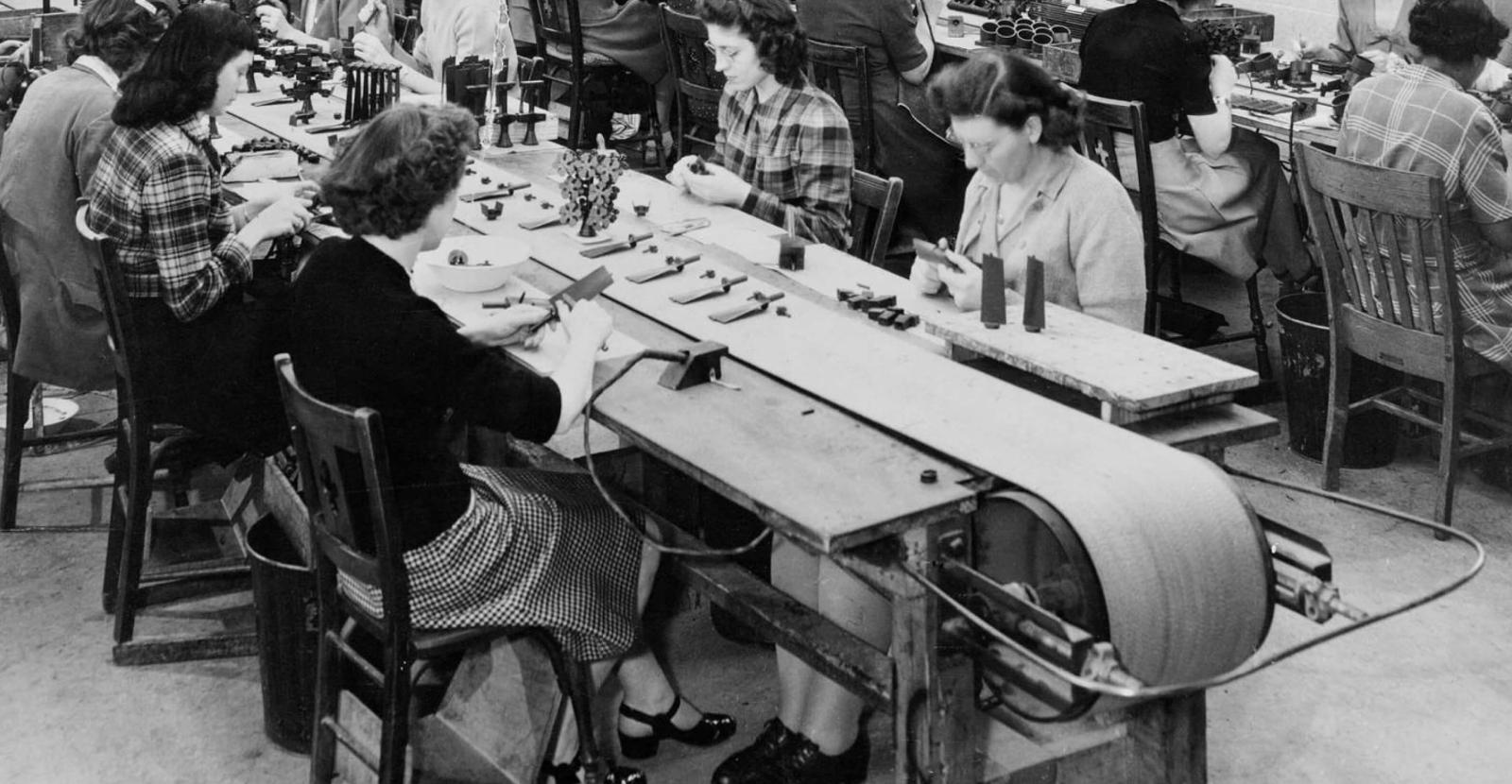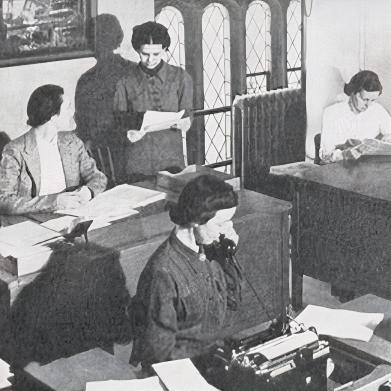FDR begins a movement to eliminate workplace discrimination
Nearly twenty years after the founding of the IR Section, President Franklin Roosevelt issued Executive Order (EO) 8802 to eliminate employment discrimination on the basis of “race, creed, color, or national origin” in the U.S. defense industry and the federal government. Though admirable in its intent, the EO ultimately lost its enforcement mechanism when Congress failed to make permanent the Fair Employment Practices Committee (FEPC) charged with investigating workplace discrimination claims.
Still, the effort inspired many policies at the state level, with 22 states establishing their own fair employment measures in 1945 and 1946 alone.
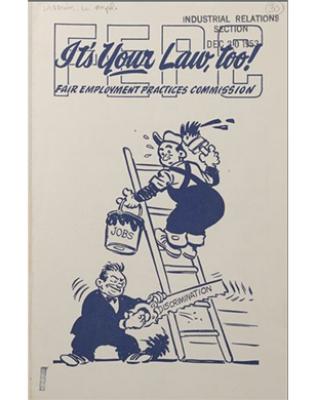
The Civil Rights movement inspires a new era of research
The march toward workplace equity continued throughout the 1950s and 1960s. In 1961, President Kennedy established the Equal Employment Opportunity Commision (EEOC) to ensure compliance with measures related to affirmative action. The EEOC became effective in 1965, following the passage of the Civil Rights Act of 1964. By the mid-1960s, six additional executive orders barred discrimination against minority workers.
It was around this time, amid the civil rights movement and the women’s liberation movement, that workplace discrimination and gender equality became major areas of focus in economics research. In an important 1968 paper, Albert Rees studied the wage gaps within a major metropolitan area–Chicago–to broaden understanding the role of race, gender, and other factors in wage inequality.
Step by Step: The March Towards Equal Employment Opportunity
Rees, A., “Spatial Wage Differentials in a Large City Labor Market,” IRRA 21st
Annual Proceedings 1968
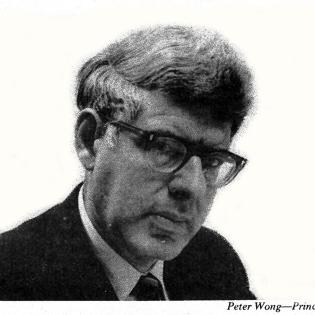
Alan Krueger–champion of an economy that works for everyone–joins Princeton
In 1987, Alan Krueger came to Princeton with a joint appointment to the Economics Department and the School for Public and International Affairs (SPIA). In addition to his groundbreaking work on the minimum wage published in the early 1990s, Krueger was known for applying new tools of economic analysis to study a range of issues in education, unemployment, social insurance, and so much more.
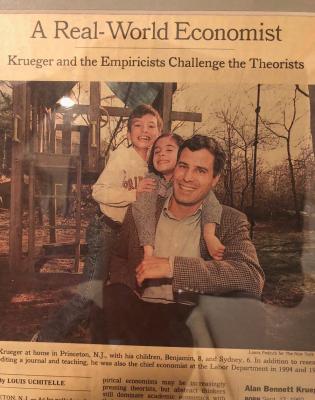
At the heart of Krueger’s work was a commitment to combating inequality and ensuring the economy worked for all Americans–not just those at the top. As just a few examples from across hundreds of papers and articles, Krueger’s research investigated racial divides in educational and occupational outcomes (IR Working Paper #454), how occupational licensing impacts wage inequality (IR Working Paper #531), and whether structural changes in the labor market contributed to declining unemployment rates in the 1990s (IR Working Paper #416).
A devoted academic and teacher, Krueger left a lasting impact on the Princeton community and the world at-large. From founding the Princeton University Survey Research Center in 1992 to directing the IR Section from 2001 to 2006, his ideas and leadership transformed student and academic life. In 2007, he spearheaded the Princeton Data Improvement Initiative–a first of its kind collaboration across universities and government statistical agencies that aimed to fill existing gaps in the data infrastructure used by labor economists.
Krueger also left a profound impact on public policy, serving under two presidential administrations. Krueger served as chief economist at the U.S. Department of Labor during the Clinton administration. During the Obama administration, Krueger served as both Council of Economic Advisers and as assistant secretary for economic policy and chief economist of the U.S. Department of the Treasury.
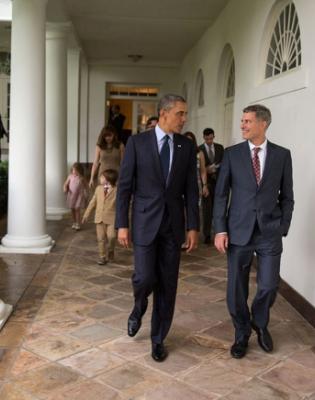
From gender and racial discrimination to gaps in opportunity–IR Section investigates what drives inequality
Over the last several decades, IR Section research on inequality has spanned a wide range of topics. Nearly twenty years after its publication, a landmark study by Cecilia Rouse remains famous for its use of a unique test to uncover gender-based discrimination in hiring. In “Orchestrating Impartiality: The Impact of "Blind" Auditions on Female Musicians,” Rouse and Harvard co-author Claudia Goldin showed that using a screen to conceal the identity of musicians auditioning for an orchestra increased the probability a woman will be advanced and hired.
Listen to Goldin on the new IR Section podcast, "The Work Goes On."
In a book on the economic ramifications of the Great Migration that began in the 1940s, Leah Boustan, who was appointed IR Section Director in 2021, challenged the idea that the movement of Black workers and families from the U.S. South to the North resulted in general black economic progress. Boustan is also widely celebrated for pioneering new methods of linking historical records to study the impact of immigration policies over time. In a series of widely-cited papers published over the last decade, Boustan has used the tools of modern data analysis to present new evidence about the past and present of the American Dream and debunk immigration myths.
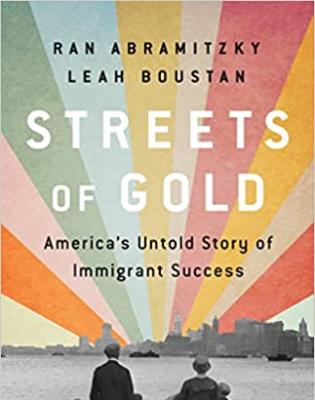
The Section’s work on racial discrimination and inequality has continued to today and includes a study by Alexandre Mas that identified a “tipping point” in which minority share in a neighborhood results in White flight and a groundbreaking study by Ellora Derenoncourt that traces the U.S. racial wealth gap back to Emancipation.


